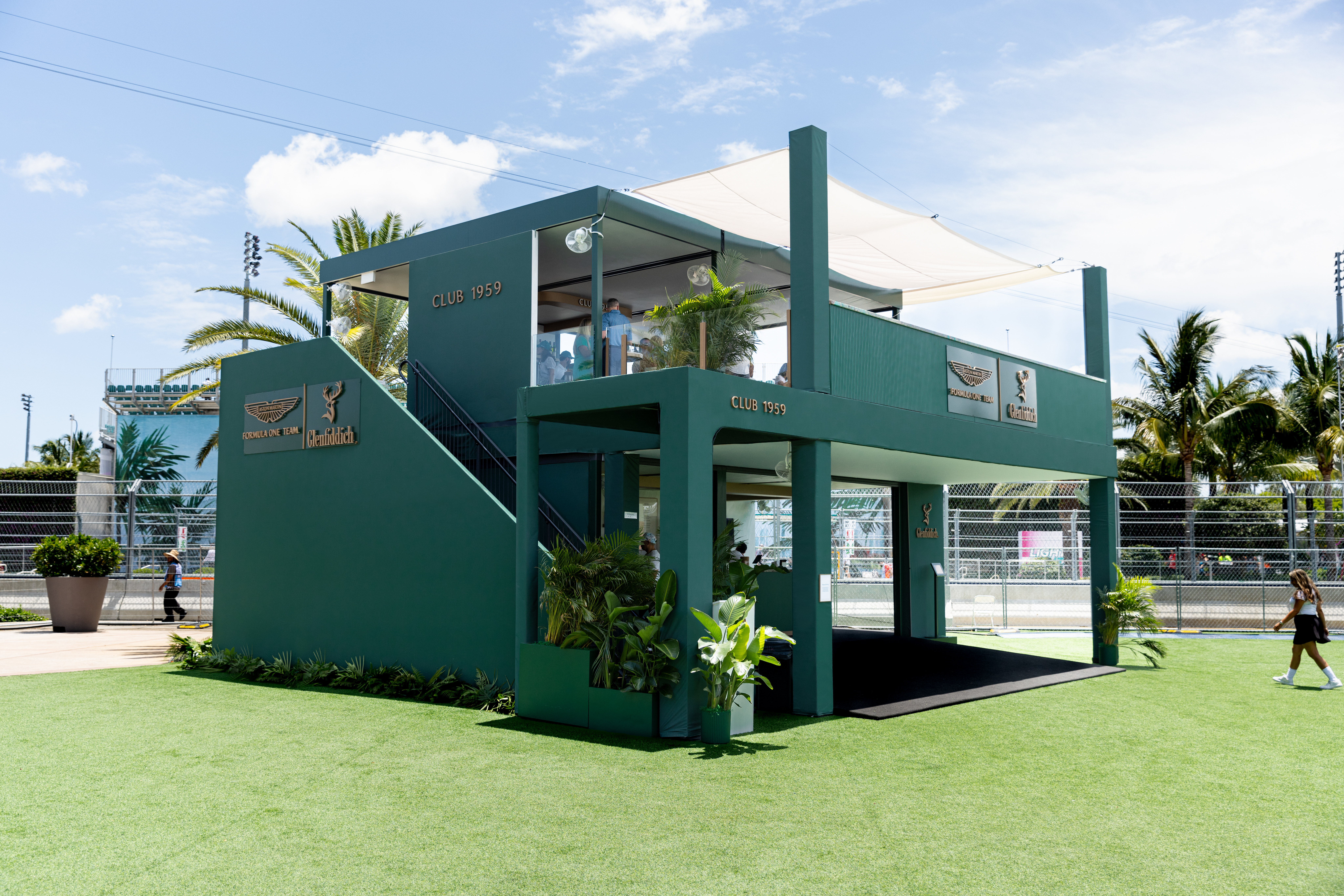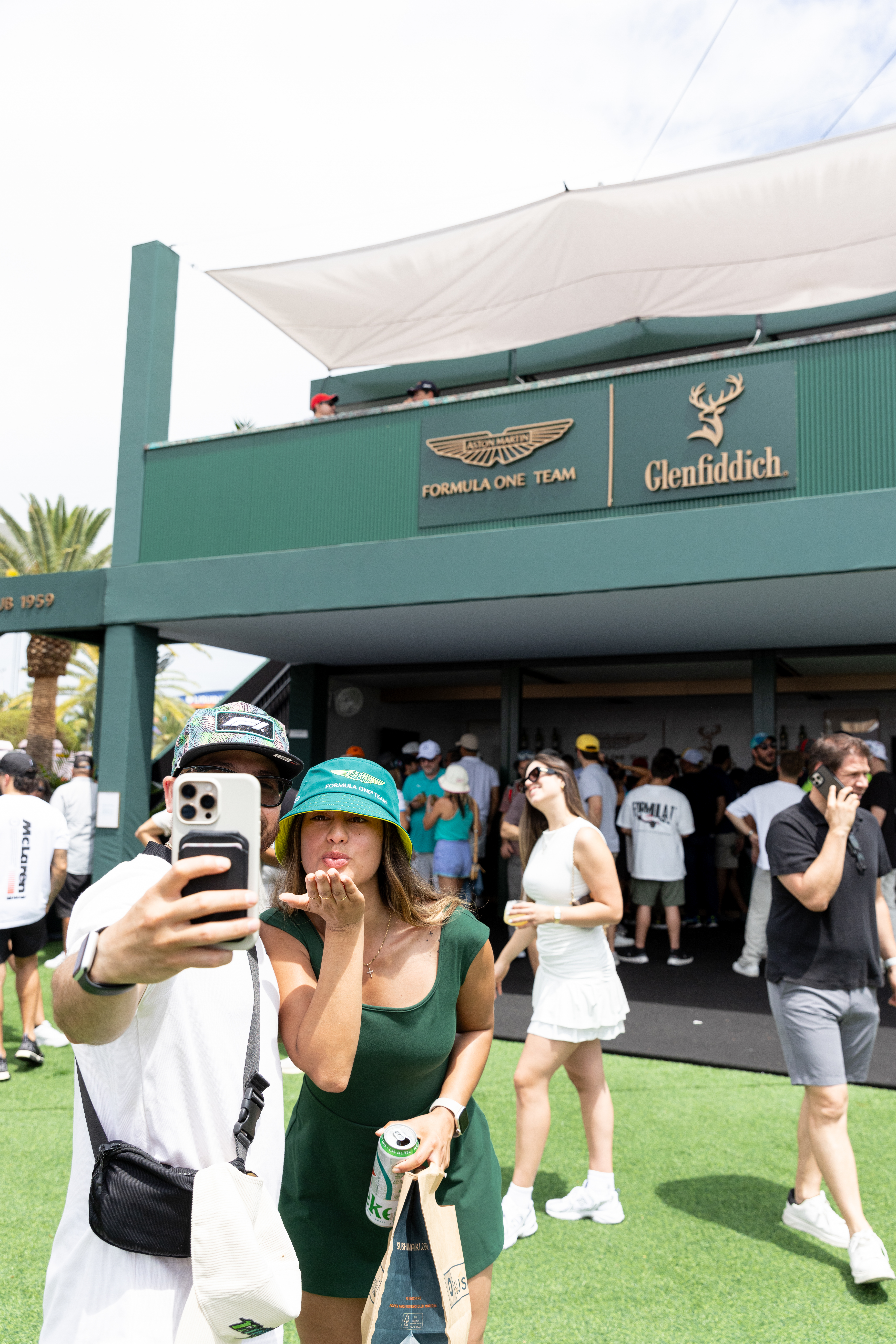
Parisa Howard, SVP, Group Director, Business Leadership, NA at Momentum Worldwide takes insights from our recent Fandom Study to explore how the recent Miami Grand Prix provided a great ecosystem for brands to leverage Fandom. Keep reading to discover more…
Oscar Piastri and McLaren may have finished P1 at the 2025 Miami Grand Prix, but LEGO® won the headlines last weekend with a solid race strategy that topped the marketing podium. LEGO® drove earned media from ESPN to The New York Times by creating 10 life-size, drivable versions of each team’s F1 race car that the drivers then used for the pre-race Drivers’ Parade to the delight of fans.
Image credit: Formula 1
It was a great example of what savvy sports marketers have known for a long time — that effective sponsorship marketing requires much more than just brand logos appearing trackside or on a stadium sign.
Now more than ever, savvy fans are more conscious about sponsorship in sports – and whether brands are activating effectively has an impact on how they feel about brand involvement in sports, and sometimes their perception of the brand itself.
This is especially true when it comes to motorsport fans. Momentum Worldwide’s proprietary research on “The New Fan” discovered that motorsport fans are more likely to be aware of their favorite team/athlete’s brand and sponsors than the average sport fan (73% vs. 59%, respectively).

Furthermore, 77% of motorsport fans agree that when they see brands sponsoring their teams, it increases their interest in the product/brand/service.
As we close out the weekend at Miami Grand Prix and look towards the next race at Emilia-Romagna in Italy, it’s clear that there is a tremendous opportunity for brands engaged in the meteoric rise of F1.
No doubt due in part to the Drive to Survive effect, a staggering 82% of motorsport fans say their interest in motorsport has increased in the last 5 years.
The good news for marketers engaged with F1? This increase in motorsport fandom is driven chiefly by a younger audience whose attention is coveted by brands, with more than half of motorsport fans (55%) identifying as Gen Z or Millennial.
And while some brands have opted to play it safe and stick to the trackside signage, the brands that have broken through have found a way to make themselves endemic to the sport or fan experience of the sport.
High-end apparel and luxury watch brand sponsors within the F1 ecosystem have found a natural platform to speak to their target audience, which aligns nicely with the highly educated (66% of fans have a college degree or higher education) fanbase with solid earning potential (34% of fans have HHI of $100K+).
Other brands may find their opportunity within passion points specific to F1 fans – like merchandise collaborations (70% of F1 fans say access to exclusive merchandise and collectibles is important) and onsite activations that add to the fan experience (43% of F1 fans are likely to engage pay attention with brand activations).
At Miami Grand Prix, for example, Glenfiddich focused on driving relevance with its key high-end audience by creating ultimate ultra-luxury hospitality spaces in trackside areas with heavy foot traffic. The Glenfiddich space also showcased its partnership with the Aston Martin F1 team, along with their shared values of precision, craftsmanship and innovation.


Image credit: Glenfiddich
And with so many avenues to activate, a passionate fan base and nearly year-round calendar of F1 events, the opportunity is certainly there for creative marketers with breakthrough ideas to grab consumer attention. Kind of like stepping on a LEGO®, but with a much more positive result!

